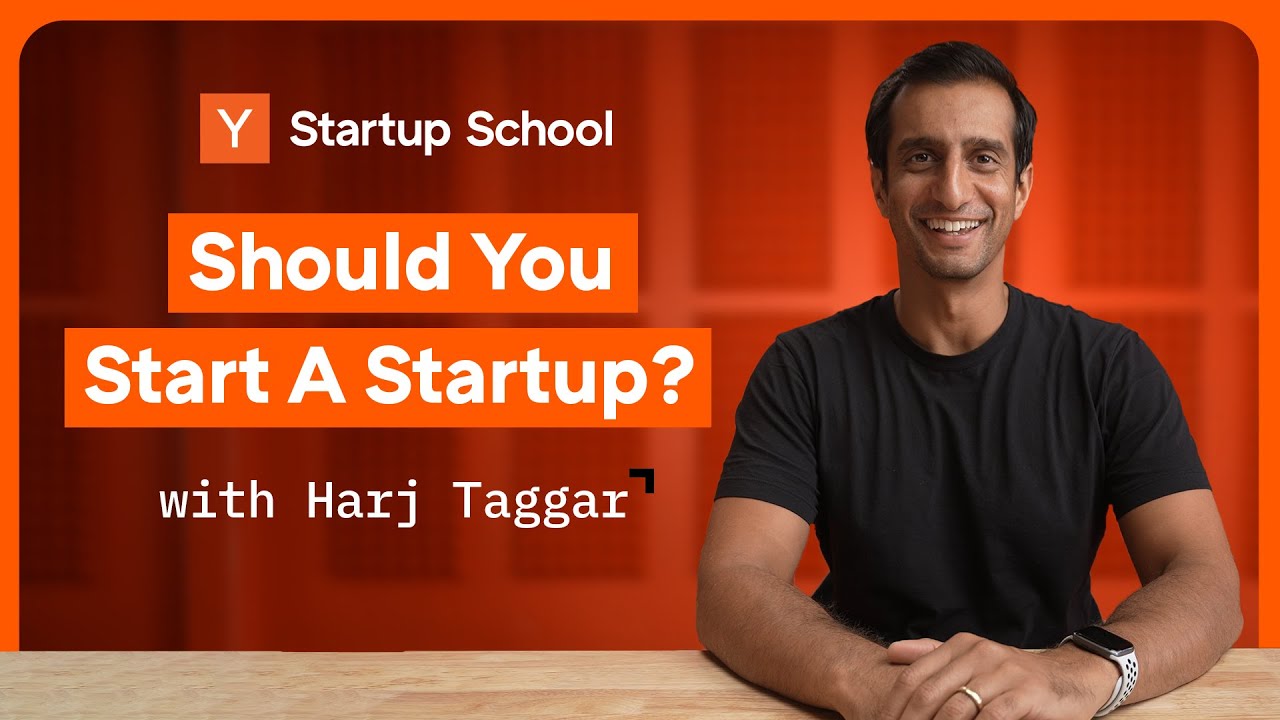Meet Andy, who started Data Fetcher as a side hustle, and now it’s making $23K/month. In this video, Andy will share exactly how he did this.
🛠️ Want to start building with AI? Check out Starter Story Build → https://build.starterstory.com/build/ai-build-accelerator?utm_source=youtube&utm_campaign=andycloke
Follow Andy’s journey: https://x.com/clokehead
🔔 Follow the Second Channel: @StarterStoryBuild
🏁 We’re hiring: starterstory.com/jobs
Chapters:
0:00 – Intro
0:40 – Who is Andy
0:58 – From an engineer to an entrepreneur
1:44 – Data Fetcher breakdown
2:18 – Ideation & validation
2:56 – Build YOUR micro-saas
3:42 – Pros & cons of building on platforms
4:39 – Andy’s ideation framework
6:05 – Great platforms to build on NOW
6:54 – Growing from 0 to $23K/month
7:44 – Tech stack
8:33 – Costs & margins
9:01 – The power of focus
9:47 – How to increase revenue overnight
10:32 – The final word








Seems these days that app development isn’t scarce at all, but rather being able to have a hyper niche working product that is actually useful and then being able to ride it out long enough until you have a stable MRR and then you layer it strategically.
Why is the hosting so expensive?
anyone who thinks that someone who became successful would just give them the idea and steps it takes to be there is out of their mind.
Here’s a summary of the YouTube video “How I Built It: $23K/month micro-saas” featuring Andy Cloak, founder of Data Fetcher:
Andy Cloak’s Journey: Andy is a solo founder from London who built Data Fetcher, achieving $23,000/month in recurring revenue with 600 paying customers. Initially, Andy studied engineering but preferred launching his own projects, starting with side hustles and freelance work in React development. His first profitable project was a TikTok influencer directory, which he sold to fund his next venture.
How Data Fetcher Started: The idea for Data Fetcher came while managing financial data in Airtable. Andy saw a product—API Connector for Google Sheets—doing well and recognized that Airtable was a growing platform with a new marketplace. He validated demand by researching community forums and Reddit for pain points, particularly the need to automate data imports into Airtable.
Product Overview: Data Fetcher is an Airtable extension that allows users to connect Airtable with any other platform via APIs and schedule automatic data imports, enabling marketing, operations, and many other workflows.
Platform Playbook: Andy shares a six-step framework for launching micro-SaaS on growing platforms:
Find a platform that’s gaining traction (e.g., using Exploding Topics).
Search for pain points on that platform via forums, Reddit, or other social channels.
Adapt a proven pattern from a more established platform.
Ensure integration is possible via public APIs or SDKs.
Do “napkin math” to estimate opportunity size and pricing.
Assess the risk of the platform making your tool obsolete.
Platforms to Build On: Andy recommends Notion and Figma for new SaaS builders due to growth and extensibility, while warning that building for popular large language model tools (like ChatGPT or Claude) may be oversaturated.
Growth Strategies: Early success came from being one of the first on Airtable’s marketplace, content marketing (blog posts, YouTube), and building no-code integrations to widen the customer base. Revenue milestones came as Andy listened to customer feedback and continuously improved the product.
Tech Stack: Data Fetcher uses TypeScript, React, Airtable’s extension SDK, PostgreSQL, GraphQL, Next.js, and Heroku for hosting. Key tools for running the business include Help Scout, Fastmail, Plausible Analytics, MailerLite, and ChartMogul.
Costs and Margins: Core costs are $2,500/month for hosting, $1,000/month for SaaS tools, and $150/month for coworking. Profit margins are around 85%.
Indie Hacker Lessons: Andy highlights the importance of focusing on a single project over jumping between new ideas and leverages an AI chatbot as an accountability “coach” to maintain focus.
Advice for New Builders: Do user testing early and often, talk to your customers, and iterate based on their feedback.
The video blends Andy’s journey, actionable frameworks for building a successful micro-SaaS, and entrepreneurial advice for others hoping to follow a similar path.
Nice
this is seriously inspiring
i gotta try this out for real
really good tips thanks for sharing
never thought of it this way lol
thought it was gonna be boring lol